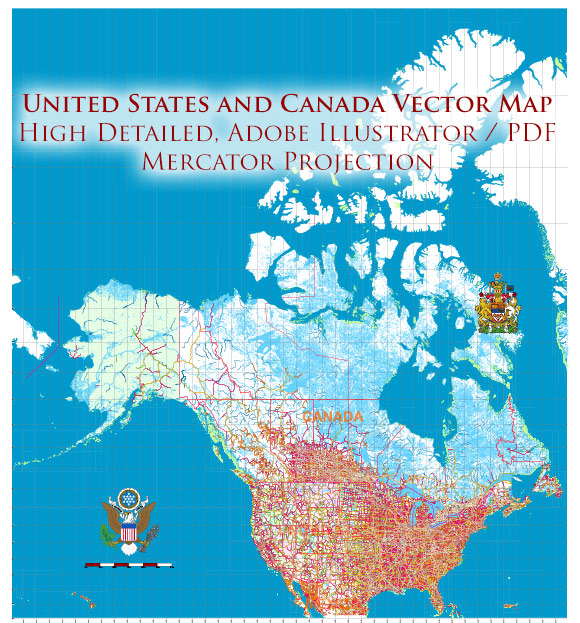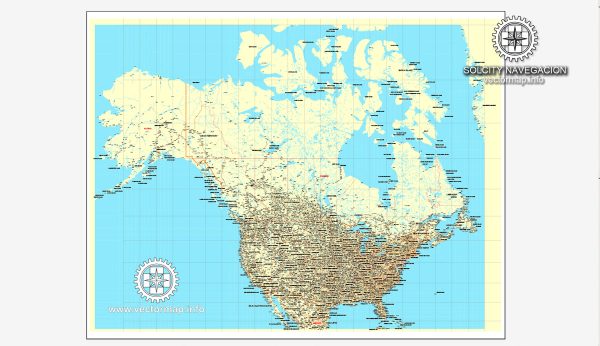Water resources in the United States and Canada are vast and diverse, with numerous rivers, lakes, and groundwater sources. Here’s an overview of water resources in both countries:
United States:
- Rivers and Lakes: The U.S. is home to many major rivers, including the Mississippi, Missouri, Colorado, and Columbia rivers. It also has numerous large lakes, such as the Great Lakes (Superior, Michigan, Huron, Erie, and Ontario), as well as other significant bodies of water like the Great Salt Lake and Lake Okeechobee in Florida.
- Groundwater: Groundwater is a crucial source of drinking water in the U.S., with the Ogallala Aquifer in the central United States being one of the largest and most important groundwater sources. Other significant aquifers exist throughout the country.
- Reservoirs: The U.S. has thousands of reservoirs and dams that serve various purposes, including water supply, hydropower generation, and flood control.
- Rainfall: Precipitation patterns vary across the country, with wetter regions in the Pacific Northwest and Southeast and drier regions in the Southwest. The eastern part of the country generally has more reliable rainfall.
- Water Management: Water resources are managed at both the federal and state levels, and water rights and usage vary depending on local laws and regulations.
Canada:
- Rivers and Lakes: Canada boasts an extensive network of rivers and lakes. The country has more lakes than any other nation, including massive bodies of water such as Lake Superior, Lake Huron, and Great Bear Lake. The St. Lawrence River and the Mackenzie River are some of the longest rivers.
- Groundwater: Canada has significant groundwater resources, with aquifers supplying drinking water and supporting agriculture in various regions.
- Precipitation: Precipitation varies across Canada, with more rainfall on the west coast and more snowfall in northern regions. The country relies on precipitation for its water supply.
- Arctic and Glacial Water: Canada’s Arctic region contains large volumes of freshwater locked in glaciers and ice caps, which are important for local ecosystems and could become more important as freshwater resources in the face of climate change.
- Water Management: Like the U.S., water management in Canada is a complex interplay between federal and provincial authorities, and indigenous communities also play a significant role in water resource management, particularly in northern regions.
Both countries face challenges related to water resource management, including issues like water quality, pollution, drought, and competition for water resources between various sectors like agriculture, industry, and municipal use. The management of transboundary water bodies, such as the Great Lakes and the Columbia River, is also a significant issue that requires cooperation between the U.S. and Canada.








 Author: Kirill Shrayber, Ph.D.
Author: Kirill Shrayber, Ph.D.